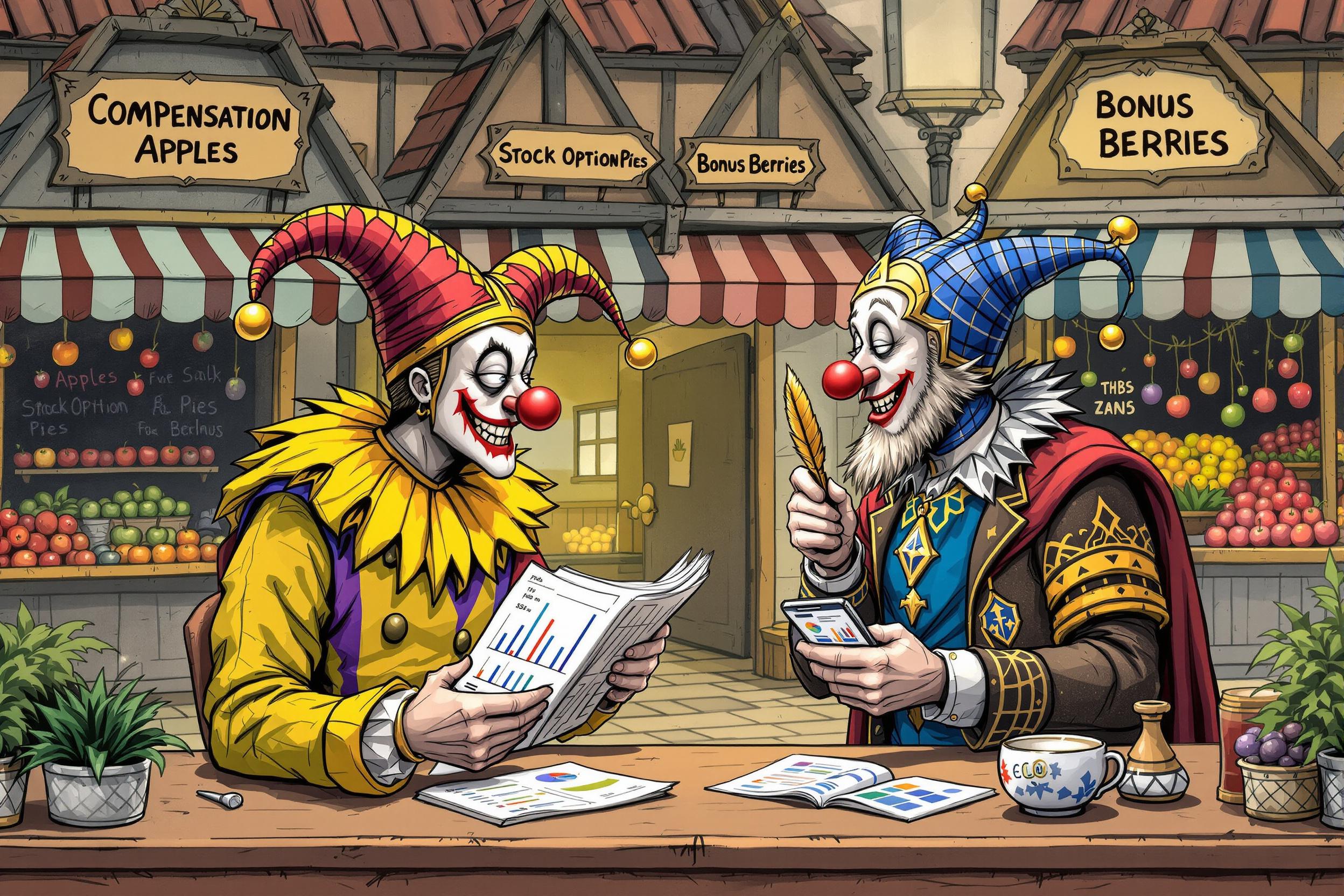
Bleed
Bleed is a printing term that designers use to describe extending images or design elements beyond the final cut line of a printed piece. Think of it like painting slightly beyond the edges of a canvas to ensure there are no white gaps when the piece is framed. When a document has "bleed," it means the designer has made the background, images, or design elements extend about 1/8 inch (or 3mm) beyond where the paper will be cut. This extra space helps prevent unwanted white edges that might show up due to slight movements during the printing and cutting process.
Examples in Resumes
Created marketing materials with proper bleed settings for high-quality print production
Prepared magazine layouts with bleed areas for professional printing
Managed print-ready files including bleed and crop marks for various packaging designs
Typical job title: "Graphic Designers"
Also try searching for:
Where to Find Graphic Designers
Online Communities
Job Boards
Professional Networks
Example Interview Questions
Senior Level Questions
Q: How do you handle bleed requirements for complex packaging designs?
Expected Answer: A senior designer should explain how they consider fold lines, die-cuts, and multiple panels while ensuring proper bleed for each section, mentioning standard measurements and potential printing challenges.
Q: How do you train junior designers about bleed and print preparation?
Expected Answer: Should discuss their teaching approach, common mistakes to avoid, and how they ensure consistency across team projects, including checking files before they go to print.
Mid Level Questions
Q: What are the standard bleed settings for different types of printed materials?
Expected Answer: Should know common bleed measurements for business cards, brochures, magazines, and other materials, and explain why they might vary.
Q: How do you ensure proper bleed when working with client-provided images?
Expected Answer: Should explain how to evaluate if images are large enough to accommodate bleed, and what solutions they offer when images don't meet requirements.
Junior Level Questions
Q: What is bleed and why is it important in print design?
Expected Answer: Should explain that bleed is extra space beyond the trim line to prevent white edges, typically 1/8 inch, and why it's necessary for professional printing.
Q: How do you set up bleed in design software?
Expected Answer: Should be able to describe basic steps for setting up bleed in common design programs and how to check if bleed is properly applied.
Experience Level Indicators
Junior (0-2 years)
- Basic understanding of bleed settings
- Setting up simple documents with proper bleed
- Knowledge of standard bleed measurements
- Basic print preparation
Mid (2-5 years)
- Managing complex documents with bleed
- Troubleshooting print preparation issues
- Working with various paper sizes and formats
- Understanding printer specifications
Senior (5+ years)
- Managing complex packaging designs with bleed
- Training others on print preparation
- Problem-solving unusual print scenarios
- Quality control for large-scale print projects
Red Flags to Watch For
- Doesn't understand basic bleed measurements
- No experience preparing files for professional printing
- Confusion about difference between bleed and margins
- No knowledge of print production standards
- Unable to explain why bleed is necessary
Related Terms
Need more hiring wisdom? Check these out...

Recruitment in the Fast Lane: How to Adapt Hiring Practices in the Blink of an Eye

Cutting HR Costs Without Sacrificing Quality: A How-To for Savvy Executives

Why Easy Apply Is Breaking The Job Market (And What To Do About It)

